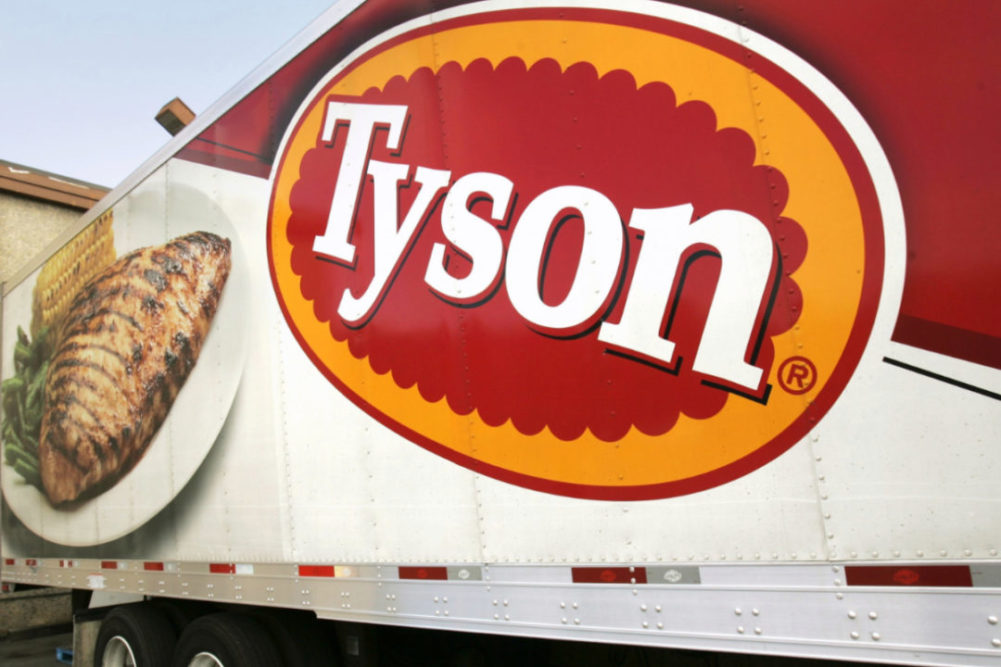SPRINGDALE, ARK. – Capitalizing on growing global demand for its products, Tyson Foods Inc. announced on Nov. 10 its plans to invest in new processing facilities and expand existing plants in Thailand, China and the Netherlands.
Referencing recent overseas acquisitions and joint ventures, the company said its international presence has expanded to include China, India, Brazil, Thailand, Malaysia, Australia, the Netherlands and South Korea, with international sales totaling $5.4 billion in fiscal 2019. Recent expansions in its international facilities added fully cooked poultry capacity of more than 100,000 tonnes as the company prepared for meeting demand in emerging markets.
“We have been aggressively building our overseas presence servicing foodservice and expanding into retail with innovative products,” said Chris Langholz, president of Tyson Foods International.
He added that after launching products in the foodservice segment in Europe and targeting retailers in Thailand using e-commerce, the company expanded in other markets in response to the coronavirus (COVID-19).
“We invested in e-commerce platforms in Malaysia and Australia to meet consumer demand as COVID-19 accelerates e-commerce food delivery across the globe,” Langholz said. “The marketplace is changing, and we’re changing with it. We’ll continue to enhance our ability to serve growing global demand for value-added protein.”
Expansions at facilities in the Netherlands and other European locations are expected to create more than 150 jobs, while a new plant in China will employ about 700 people. The company’s new joint-venture with GFPT Public Co. Limited will include construction of a new plant in Thailand that will create more than 1,000 jobs.
“Global population and income growth will continue to drive an increased need for protein,” said Dean Banks, president and chief executive officer of Tyson. “These investments allow us to increase our in-country operations and global export capabilities, helping us bring more safe, high-quality protein for consumers in these countries as well as for customers in other parts of the world.”




